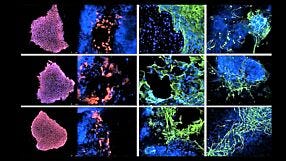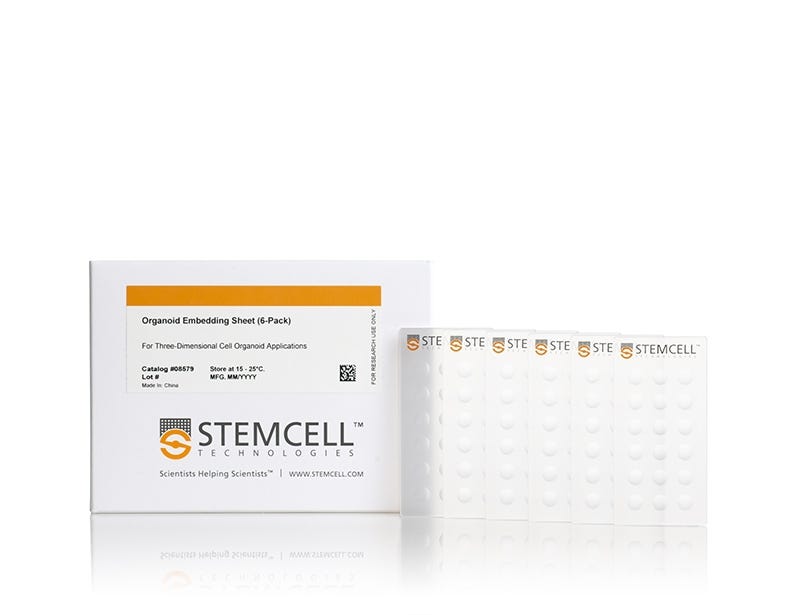Brains in a Dish: Using Cerebral Organoids to Study Human Brain Development and Disease
What are ‘mini-brains’, and how are they being used to study neurological development and disease? Dr. Oliver Wüseke, who works with cerebral organoids as a PostDoc in the Knoblich Lab at IMBA Vienna, gives an overview of the cerebral organoid field and discusses different techniques and results emerging as researchers increasingly adopt cerebral organoid technology to study brain development and disease. This Innovation Showcase was recorded at ISSCR 2017 in Boston.
Publish Date:
July 03, 2017
Request Pricing
Thank you for your interest in this product. Please provide us with your contact information and your local representative will contact you with a customized quote. Where appropriate, they can also assist you with a(n):
Estimated delivery time for your area
Product sample or exclusive offer
In-lab demonstration
By submitting this form, you are providing your consent to STEMCELL Technologies Canada Inc. and its subsidiaries and affiliates (“STEMCELL”) to collect and use your information, and send you newsletters and emails in accordance with our privacy policy. Please contact us with any questions that you may have. You can unsubscribe or change your email preferences at any time.







